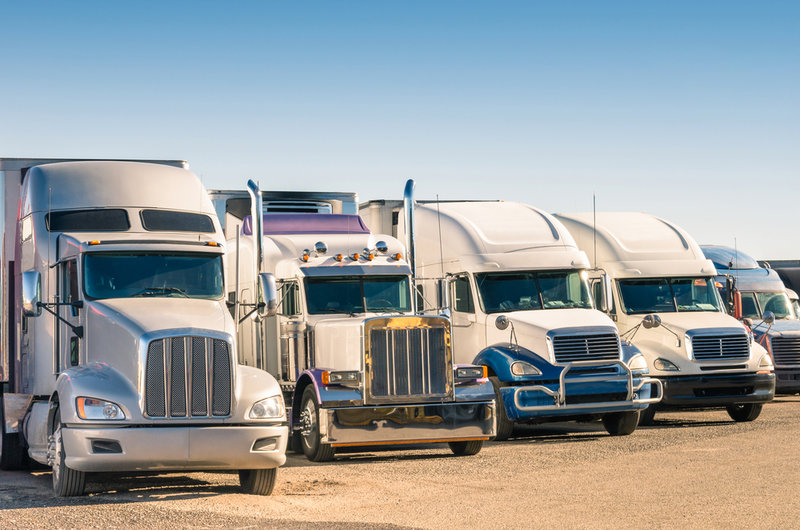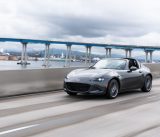When someone says, “diesel truck,” what is the first image that pops into your mind? A semi? An RV hauler? A pickup? It depends on who you are and where you are in life. To the rancher, the trusty work truck is often a diesel. For a full-time RVer, the truck of choice is generally a diesel, whether a common pickup or the hauler that is a scaled-back semi-tractor. To the long-haul truck driver or the country music aficionado of the ’50s and ’60s, it’s big rig blowing black smoke.

source: ShutterStock
Cleaner Today
However, have you noticed that the diesel trucks of today don’t blow that black smoke so much? This does not happen at all when the driver uses injector cleaner to keep it clean. Diesel fuel has been modified lately so that it burns as much as 98 percent cleaner than did on pre-1988 models. Along with burning cleaner, diesel trucks are also seeing a 3–5 percent increase in fuel economy.
The Choice for Long-Haul Drivers
Even though some predict natural gas-burning engines for the future and Tesla is even toying with an electric semi-truck, the diesel rig still owns 98 percent of the road, and it most likely will for the foreseeable future. The power a diesel possesses to pull a heavy load uphill and down is unmatched in other types of engines. It isn’t always the fastest rig on the road, but it gets the job done. In addition, its internal combustion engine is the most energy-efficient one. The combination of reliability, power, durability, fuel efficiency, near-zero emissions, and the convenience of a truck stop at many, many freeway exits makes the diesel the truck of choice for most serious drivers.
Creating Today’s Clean Diesel
The drive to clean up America’s air and to keep it clean is an important factor in the current technology that produces clean diesel. Four million Class 8 diesel semi-trucks are on today’s highways. Plus, more than 30 percent are powered by the new clean diesel engines. Nitrogen oxide emissions from all grades of diesel trucks went down approximately 60 percent between the years of 2000 and 2015, according to the California Air Resources Board. Charbroiling a one-third-pound hamburger produces more fine particles than driving a new diesel truck 140 miles. More fine particles are emitted from tire wear and brake dust in Southern California than from semi-trucks.

Diesel Is Still Advancing
In addition to the modifications that petroleum-based diesel has undergone, there is also the field of technology that is continually exploring and refining the non-petroleum, bio-based diesel fuels. You know — using the oil from your local fast food restaurant’s deep fryer to feed your pickup. In reality, it’s a little more technical than that. The new, cleaner diesel fuels are burning more efficiently in the trucks that run on them. In at least one demonstration, this efficiency translates to 10–12 mpg and more. That is good mileage for a truck hauling 65,000+ pounds of freight.
We all depend on trucks to deliver our everyday goods: food, clothing, furniture, and the fuel we burn in our cars. So, the future for clean-burning diesel fuel looks very bright indeed.





